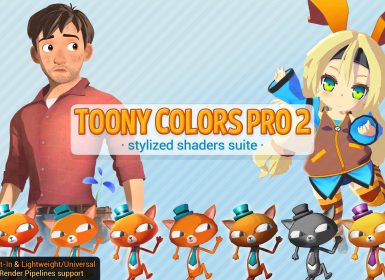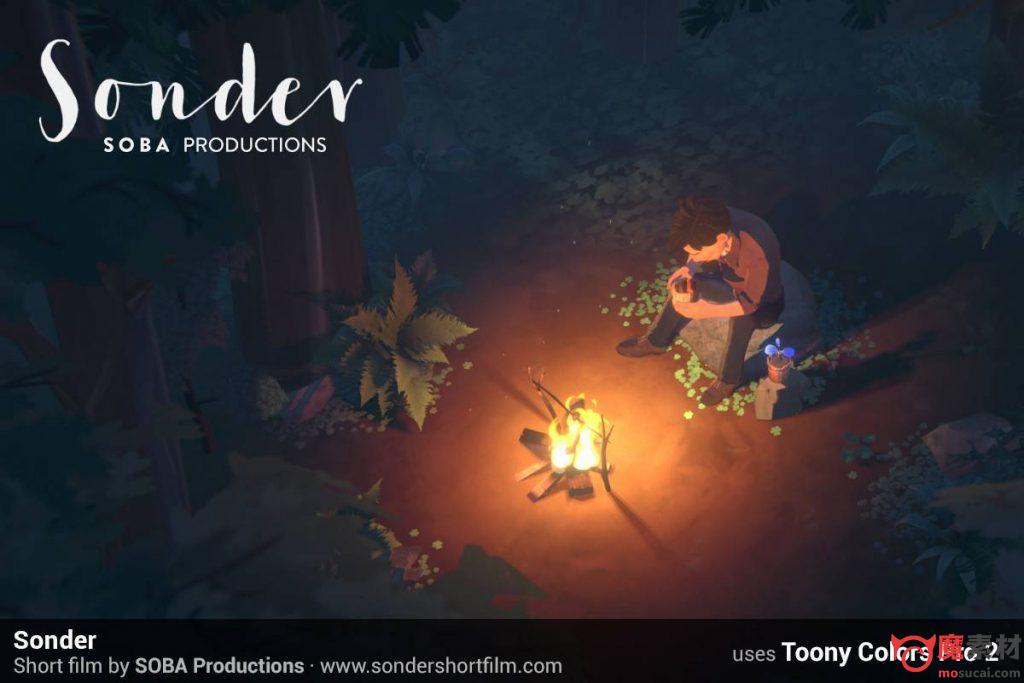

I need to add this option to the already existing project.

I already have my VS2013 project working with a bunch of other libraries. Your System Units are inches, so using the Rescale World Units utility (Command Panel > Utilities > More) scale the whole thing up until it is a much more realistic size. Hi, I was wondering if it is possible to enable backface culling without using CMake. You can then re-add the Turbosmooth.Īnother point, that entire model is less that 1/3 of a inch high. Because of the reversed polys you will find you have many duplicate vertices - these are bad and should be welded together. Turn Backface Cull back on and check the whole model carefully for reversed polys, if there are any repeat the above procedure until they're all correct. You will find the majority of the inside of the helmet selected. Short Tutorial - about Two Sided, Backface Color & Inverse Culling.There is always a better way, please post suggestions for improvement in the comments. Polygon level, check "By Angle" on the Selection rollout and click once on the previously invisible area. Convert the object to Editable Poly and turn off Backface Cull. PROBLEM Some types of modeling is very sensitive to normal direction and when working with complex imported models, backface culling doesn’t cut it because you don’t know what you are missing unless you are very familiar with the model (and if the model is complex enough, and has enough errors, the recalculate outside option doesn’t work). I’m not looking to grab the color of a pixel on the screen but rather a backface vertex that isn’t drawn on the screen because you can’t see it. This problem probably occurs because of Backface-Culling.
#Toony colors pro backface culling android
I want to grab the color at a point that is on one of the backfaces at will. Im projecting a building in OpenGL ES 2.0 in Android and have the strange behaviour, that some walls are only shown in a specific angle.

Delete the Turbosmooth and the Normal Modifiers. I’ve got a cube whose faces are textured. Otherwise, as every pixel in a triangle is computed only once, independent of facing, it means the pixel will look the same from both sides.2-sided materials are a fudge - a sticking plaster - not a proper solution to what is quite a simple problem. But this facing mechanism is relative light sources, and not relative the camera. Toony Colors Pro+Mobile 2 is a suite of shaders and tools that will bring you everything you need to get stylized rendering (also known as non-photorealistic rendering) Very easy to use, yet very extensive, you'll get results in a few clicks Compatible with Unity 4. A negative result means the face is on the back side and could be treated as being in a shadow. It should be 2000 by default, so any value over 2001, but less than 3000, should hopefully make that work. Toony Colors Pro 2 : Toony Colors Pro 2 is a collection of stylized shaders and tools, with an emphasis on ease of use and flexibility.Making your Unity game stylized has never been so easy WebGL Demo NEW in v2. That is, you compute the dot product of the normal and the light source. Here's what you can try: use the non-legacy version of the outline, but then in your material set the render queue to a higher value. But the shader can now have the option to give different results for the backside of the triangle, from the point of view of the light source. Still, pixels in the triangle are only rendered once. Using the normal, you can get different lighting effects depending on the angle to light sources and the normal(s). There is also the “facing” mechanism where you define the normal of the the triangle. The purpose is to improve performance as the fragment shader do not have to be called for these pixels. It is an artificial definition, and as far as I know only used for culling. One is a “facing” that is defined as depending on the order of the vertices. There are actually two kinds of “facing” mechanisms in OpenGL. For example, the applications go to a great effort not to draw objects hidden behind other objects, or being behind the camera.

In graphics, if you can’t see it, it doesn’t exist. And there is never more than one visible face. Mathematically speaking, it does have 2 faces assuming it’s defined in a Euclidean 3-dimensional space.Ĭorrect, but the fragment shader is only called once, at most, for every pixel.


 0 kommentar(er)
0 kommentar(er)
